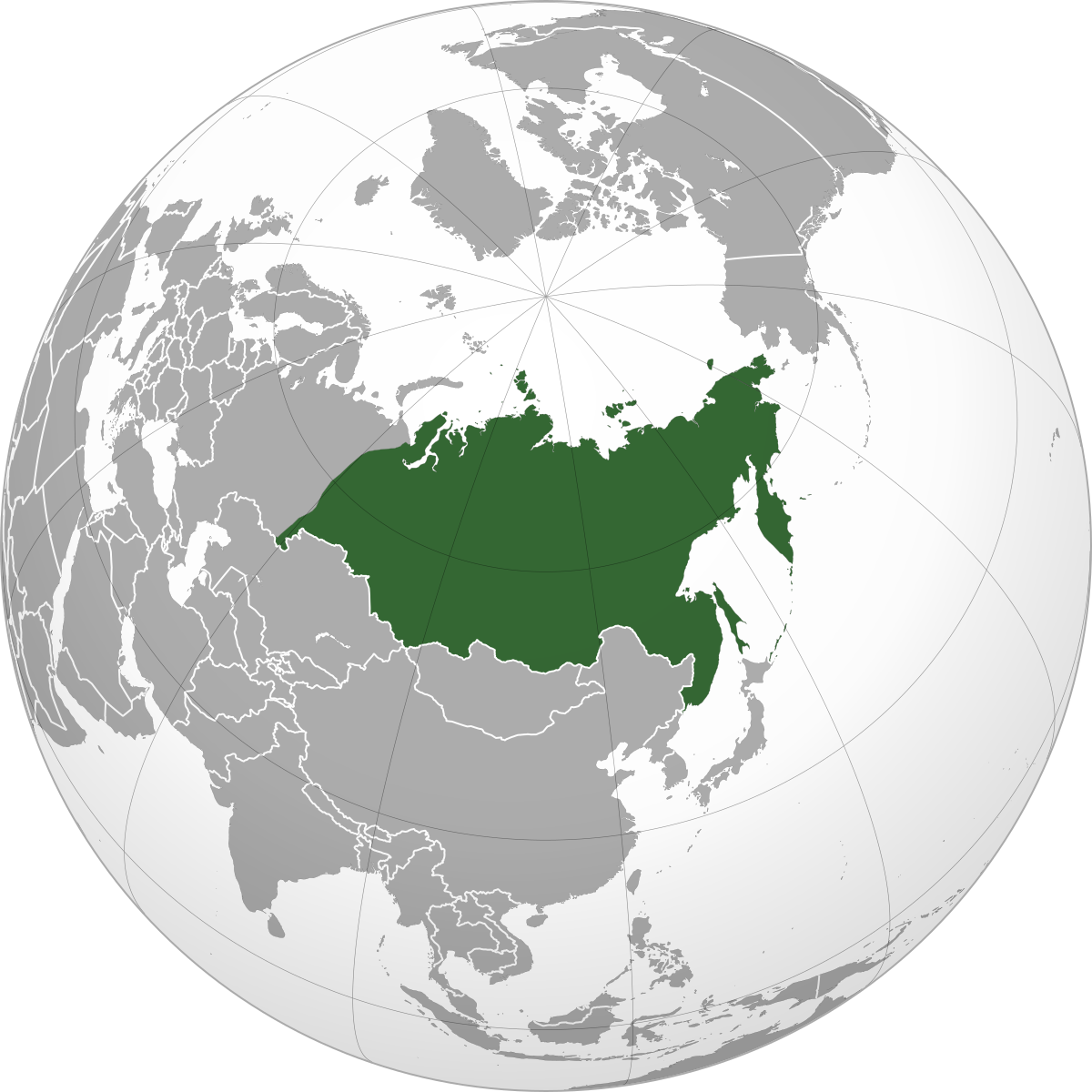Billy_Bob
Diamond Member
And he is CORRECT! The CO2 effect is less than half of the expected log warming. This means the atmosphere is dampening the potential warming. This means the Climate Sensitivity equation is roughly 0.3 to 1 (observed rise in temp vs expected rise from CO2 alone). The atmosphere is dampening the potential warming. When we add in the natural variation components, it drops to less than 0.07/1. This places it in the Margin of Error and insignificance.After all this time, Heller has come to the conclusion that the level of warming the planet is seeing is mild or perhaps nonexistent.





